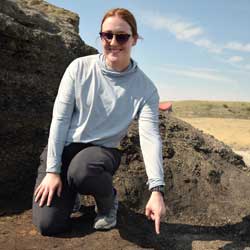 Emily White
Emily White
High school teacher, Lincoln, Nebraska
Emily is a high school biology teacher in Lincoln, Nebraska. She has worked at the same school since 2018, but has seen few updates to its science curriculum. Emily decided to apply for the DIG program not only to gain valuable experiences herself, but to give her school access to DIG’s teaching materials.
“So much of teacher preparation is focused on skills in the classroom, but participating in DIG helped me so much more.”
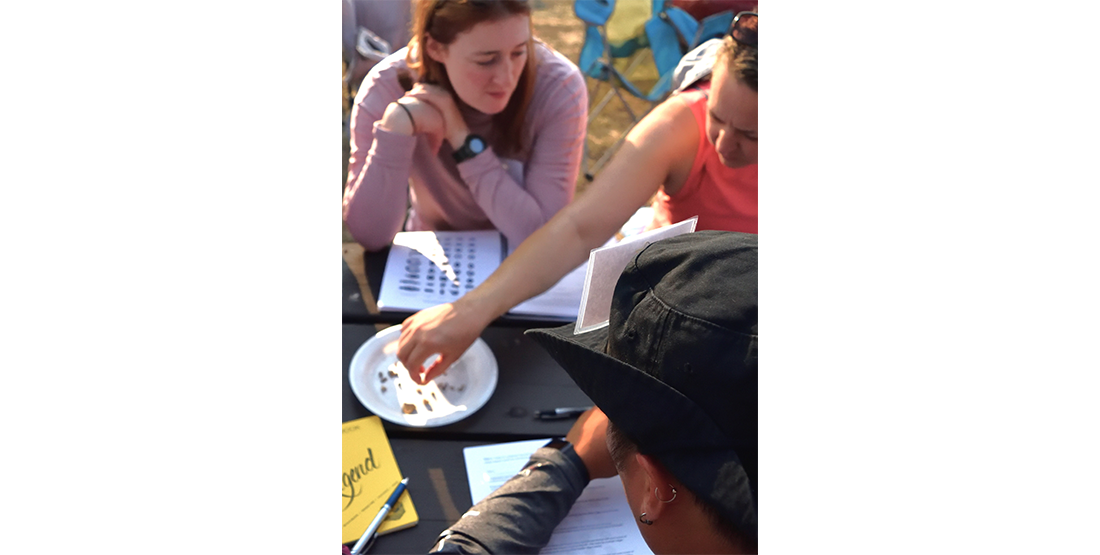
Emily is someone who always wants to learn more, especially about topics she does not have a background in. In her opinion, she can only become a better teacher by gaining better experience. Emily had never participated in a field school before, so she found DIG’s hands-on approach irreplaceable. The program resparked her passion for science and learning — and gave her confidence in her camping skills.
“It was amazing to see fossils that are millions of years old… just below the surface, waiting to be found.”
Emily’s favorite memory from the summer is ‘macrofossil day,’ where the DIG participants helped unearth a large fossil and prepare it for its move to the lab. Emily and her fellow educators also stumbled across a great find: “We were also so lucky that nearby we found triceratops fossils that had not previously been noticed!”
This kind of authentic experience is what Emily loves sharing with her students, and it’s what they love hearing about. Emily hopes that her stories can encourage students to seek out experiences of their own. Emily hopes to use the continuing DIG resources to help her students contemplate what real science can look like as they learn about the long story of life on Earth.
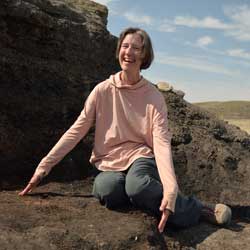
Kathy Koszegi
Elementary school teacher, Renton, Washington
Kathy teaches fourth grade at the newly opened Hilltop Heritage Elementary in Renton, Washington. She is passionate about making science accessible to students of any background or economic status. Kathy has seen her students struggle to gain access to museums, zoos, and other ways to engage with science hands-on. Her work with DIG allows her to bring research-grade science into her classroom. At the start of the DIG program last summer, Kathy found herself feeling intimidated by educators who had more field experience. But after some reflection, Kathy reframed the issue. “I felt that way because I was a learner,” Kathy realized, “and being a learner can cause us to feel very vulnerable.”
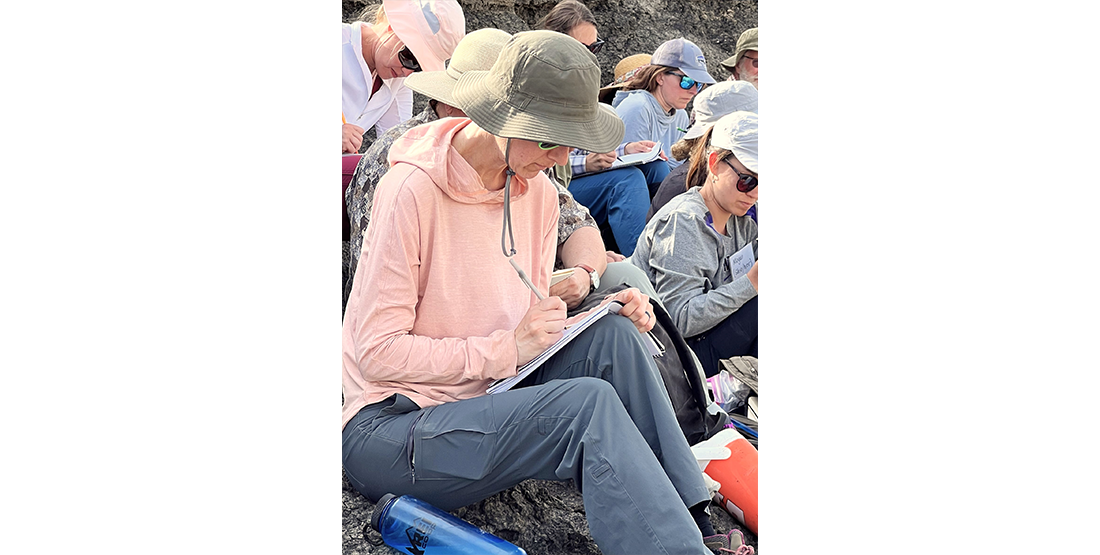
For the rest of her time in the field, Kathy embraced her inexperience and dove into all that DIG Field School had to offer. DIG Field School showed Kathy how to teach academically rigorous subjects to her students. “I understand better now how to make teaching these subjects more accessible to my students,” Kathy told us, “because I had the experience of learning about them in a fun and engaging way at Field School.” Kathy uses her DIG boxes to show her students that science doesn’t just live in books – ot can be a tangible and engaging experience that calls to each student’s natural curiosity. This spring, Kathy will be visiting each fourth grade classroom in her school to lead DIG Box activities. “I am excited to have an impact on all of the students and their families in my grade!”
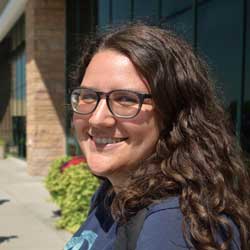 Christie Loubet
Christie Loubet
Elementary school teacher, Seattle, Washington
Christie is a fourth grade teacher at Bailey Gatzert Elementary School in Seattle, Washington. Before embarking on DIG Field School, Christie had fairly surface level knowledge of paleontology and geology. After her experiences last summer, she has a much deeper level of understanding – and it shows in her teaching. Christie is more comfortable with the subject matter now, making it easier to let her students go on tangents and lead the conversation where they want to go. “Plus,” Christie told us, “I get major cool points when I show them the picture of the toe bones I helped find.”
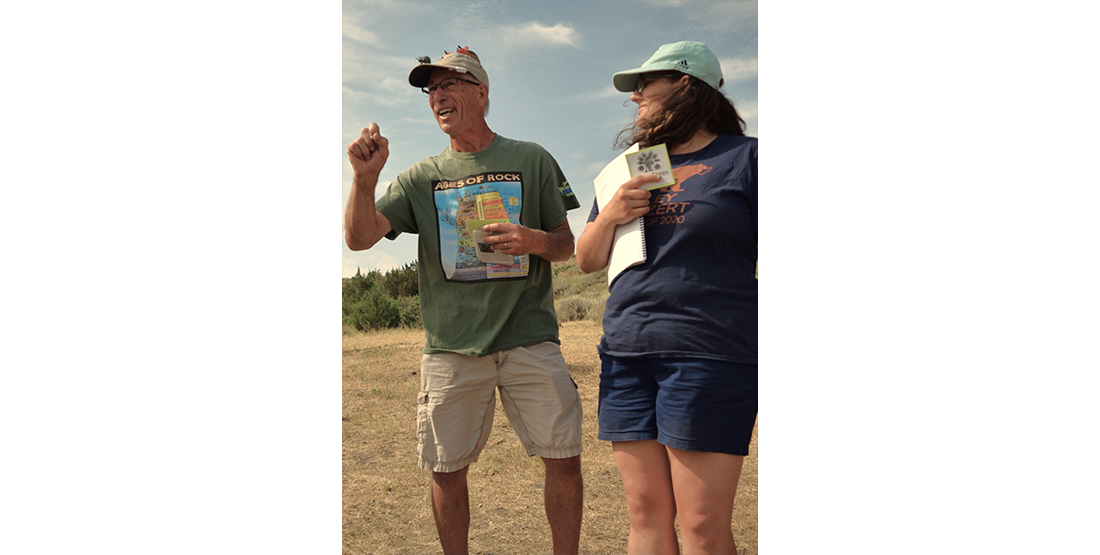
Christie enjoyed being able to share her photos and experiences from the DIG Program with her students. Seeing their own teacher out in the field connected Christie’s students to the subject matter much more than seeing pictures of unfamiliar scientists in books.
Since the summer, Christie has gotten to use DIG Burke Boxes to enhance her lessons. She runs a unit on fossil formation for her fourth graders, but it’s not usually as hands-on. This year, Christie showed her students real fossils from the DIG Box. They got to see different types of fossils and rocks up close, making geology and paleontology much more concrete for them. “They were so excited and engaged during the lessons,” Christie noticed, “and some of them even wanted to come back during their recess to look again. It’s the type of experience that my students mostly don’t get.”
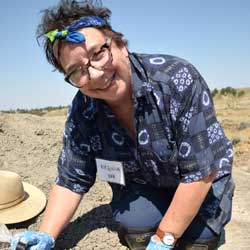 Virgina Ward
Virgina Ward
Early childhood teacher, Redmond, Washington
Virginia is an early childhood teacher at Sammamish Montessori School, in Redmond Washington. Her program is a hybrid Montessori-STEAM program where she provides hands-on learning opportunities for her students in their ‘STEAM Lab.’
“We often use current events to drive the curriculum and dinosaurs are always a hit with this crowd. Any newly found dinosaur species is a reason to teach more about dinosaurs.”
Based on a classroom activity Virginia designed, her school now has an outdoor ‘Dino Dig’ where students can unearth fossil casts and identify their finds. Her youngest students enjoy the simple experience of excavation, while her older students delve deeper into identification and classification. Virginia continues expanding the dig, adding shark teeth and a sediment-sifting, microfossil-sorting activity.
“Students will collect and sift sand to locate and separate any microfossils which they can wash and categorize as either plant or animal and identify the samples they find.”
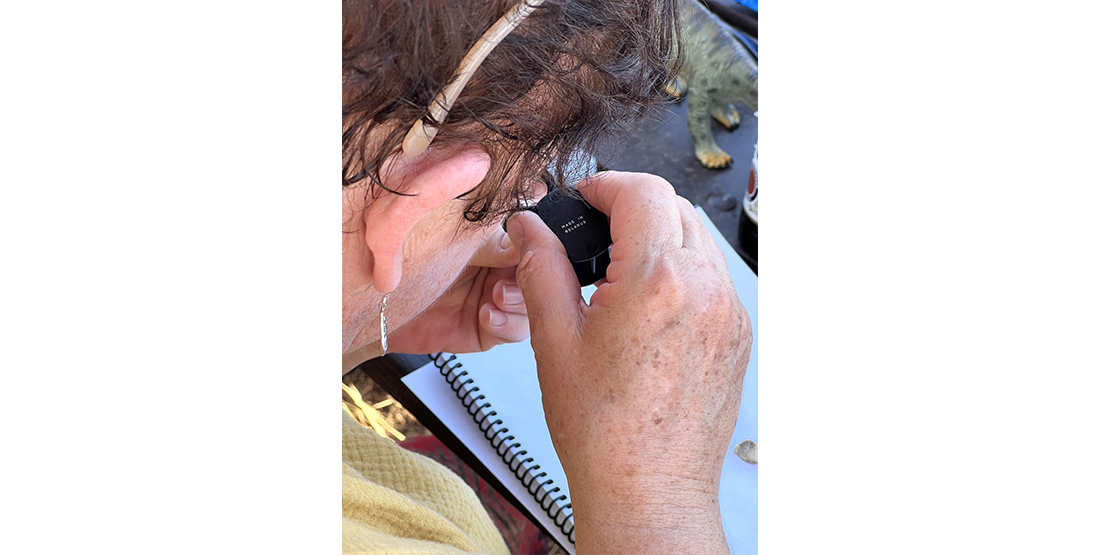
Since Virginia teaches three to six-year-olds, dinosaurs feature heavily in classroom discussions. So, she’s always looking for new ways to use dinosaurs as an opportunity to teach about broader topics like evolution and Earth’s history.
Virginia observed that most dinosaur lessons for early learners focus on a few popular species. At DIG Field School, Virginia learned more about ancient life and gained ideas on how to present this information to her young students. She now pushes her students to learn beyond the well-known names and learn about all kinds of paleontology – plants, mammals, ancient reptiles, and more.
“My students also have a better understanding of what species of dinosaurs lived during the same periods – they proudly tell me why the page they colored on the weekend with T-Rex and Stegosaurus playing together is just so wrong.”
Recently, Virginia’s entire school and their families visited the Burke Museum. Her Montessori/STEAM students were able to examine fossils up close and see videos of real excavations. They also enjoyed a short Q & A with Zeke Augustine, one of the DIG Field School Instructors. Zeke answered all manner of questions from the students from ‘I want to be an engineer, a scientist and a paleontologist — can I do all these in one job?’ (the answer: yes!) to ‘Can paleontologists wear earrings?’ (Also yes!). It was a fun day for both parents and kids!
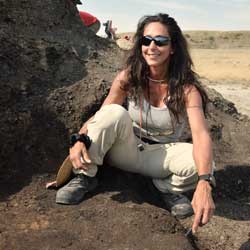 Michele Beneducci
Michele Beneducci
Early childhood teacher, Washington, New Jersey
Michele teaches high school science at a public technical school in Washington, New Jersey. She has a background in biochemistry and wrote her classroom’s Earth Science curriculum, but had little experience with fossils or paleontology before last summer.
“Participating in the DIG program gave me the confidence to go deeper into paleontology [and] evidence of evolution, and use the DIG boxes.”
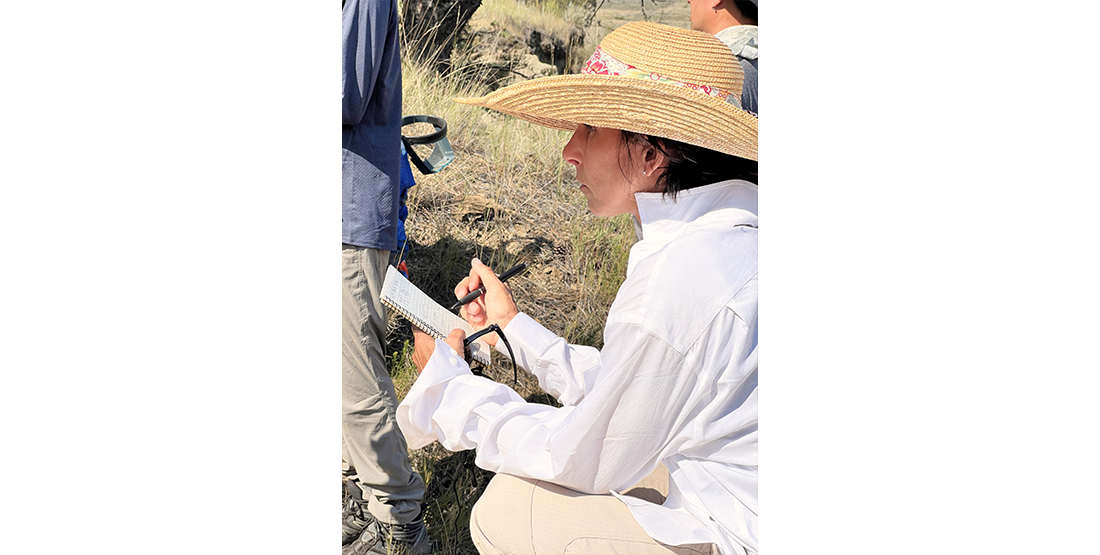
DIG Field School gave Michele the tools and experience she needed to engage with her students and get them excited about field work. Her students were especially fascinated when Michele told them that licking a fossil feels different than licking a rock. Although they did not get to taste any fossils, hearing Michele’s stories from the field was exciting enough on its own.
Michele is grateful that the Burke Museum offers this program, describing it as “an amazing opportunity to support teachers supporting learners.”

